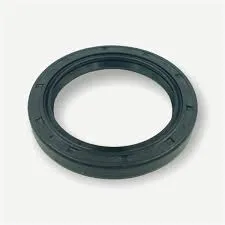- Clean Regularly Remove any debris, grass clippings, or dirt from around the belt and pulleys to prevent buildup that can lead to wear.
...
2025-08-15 07:40
1567

